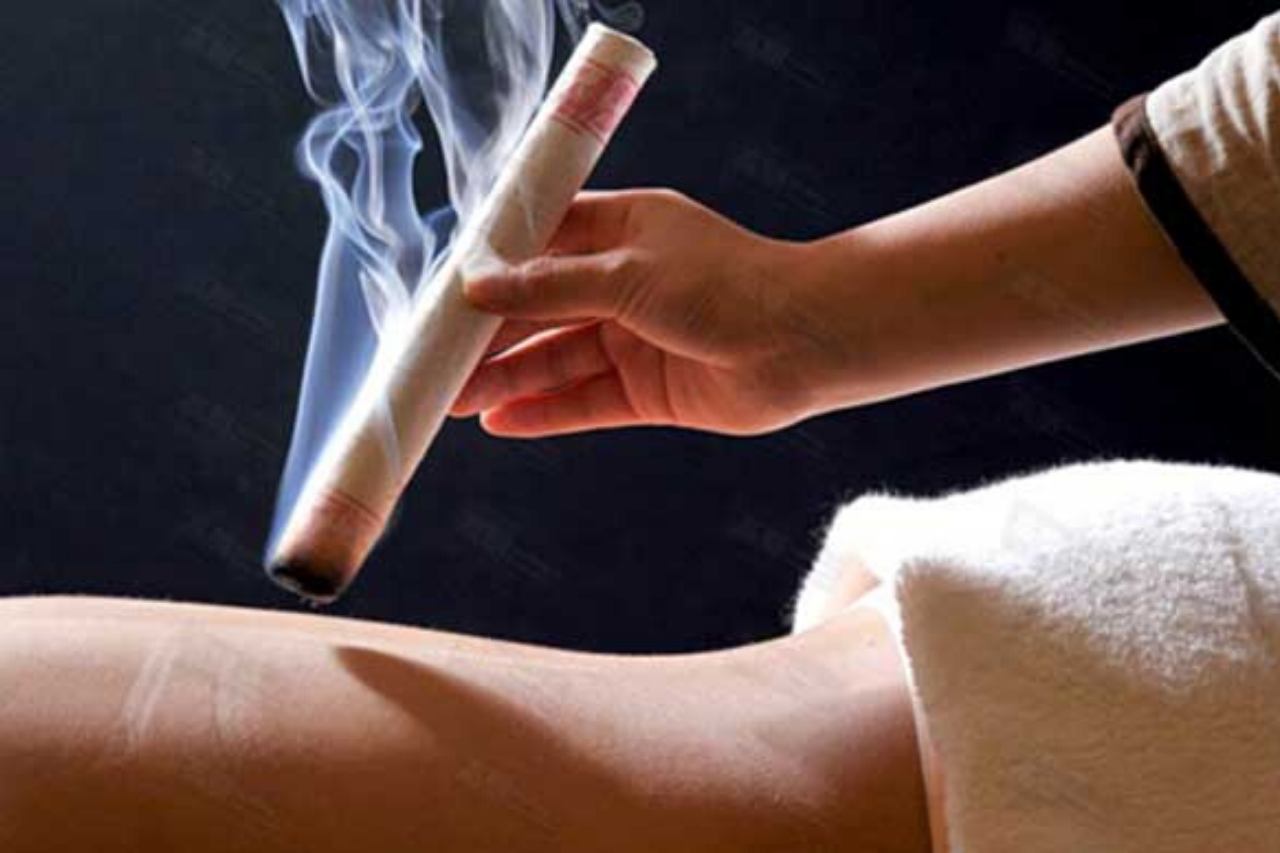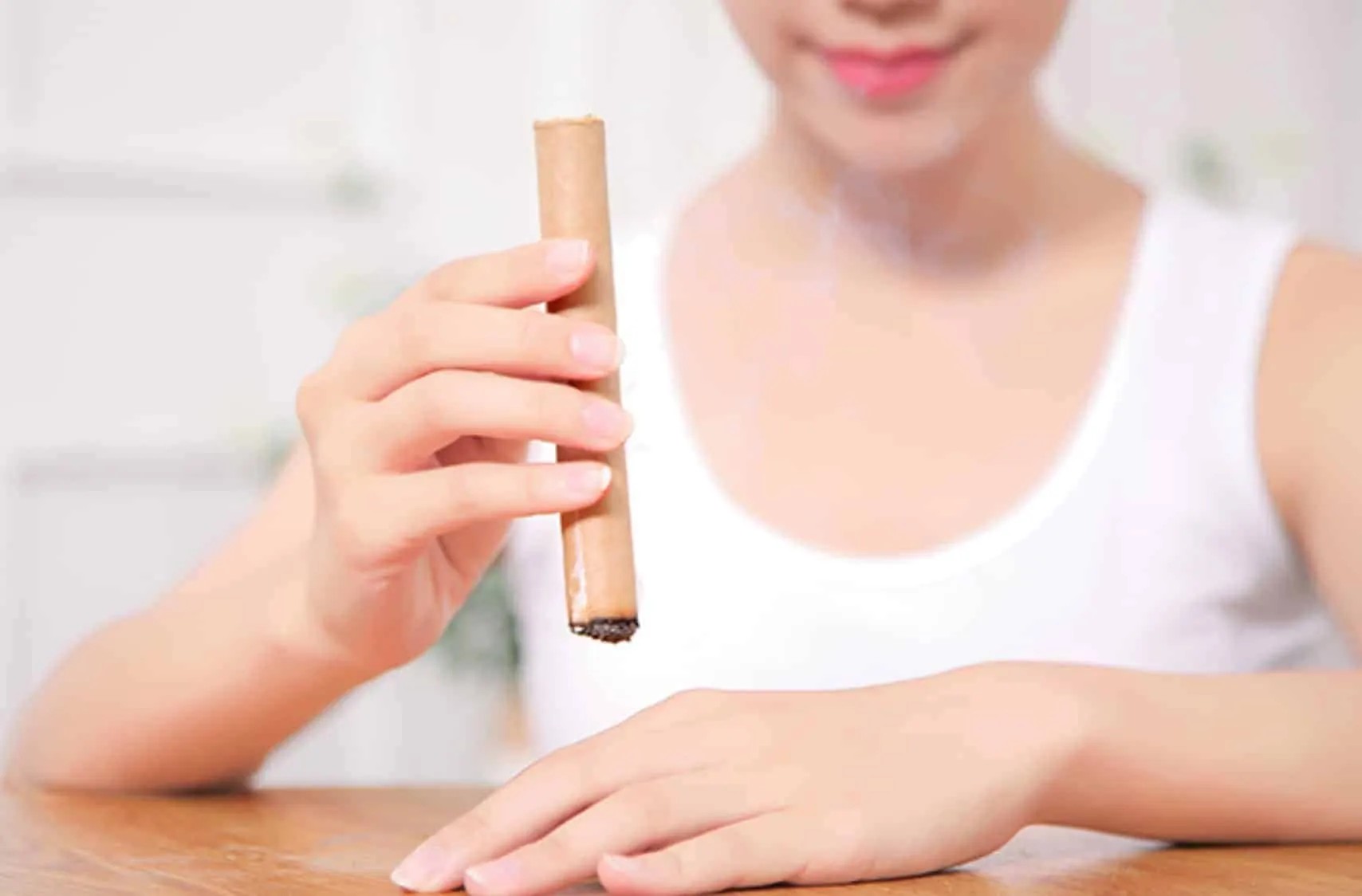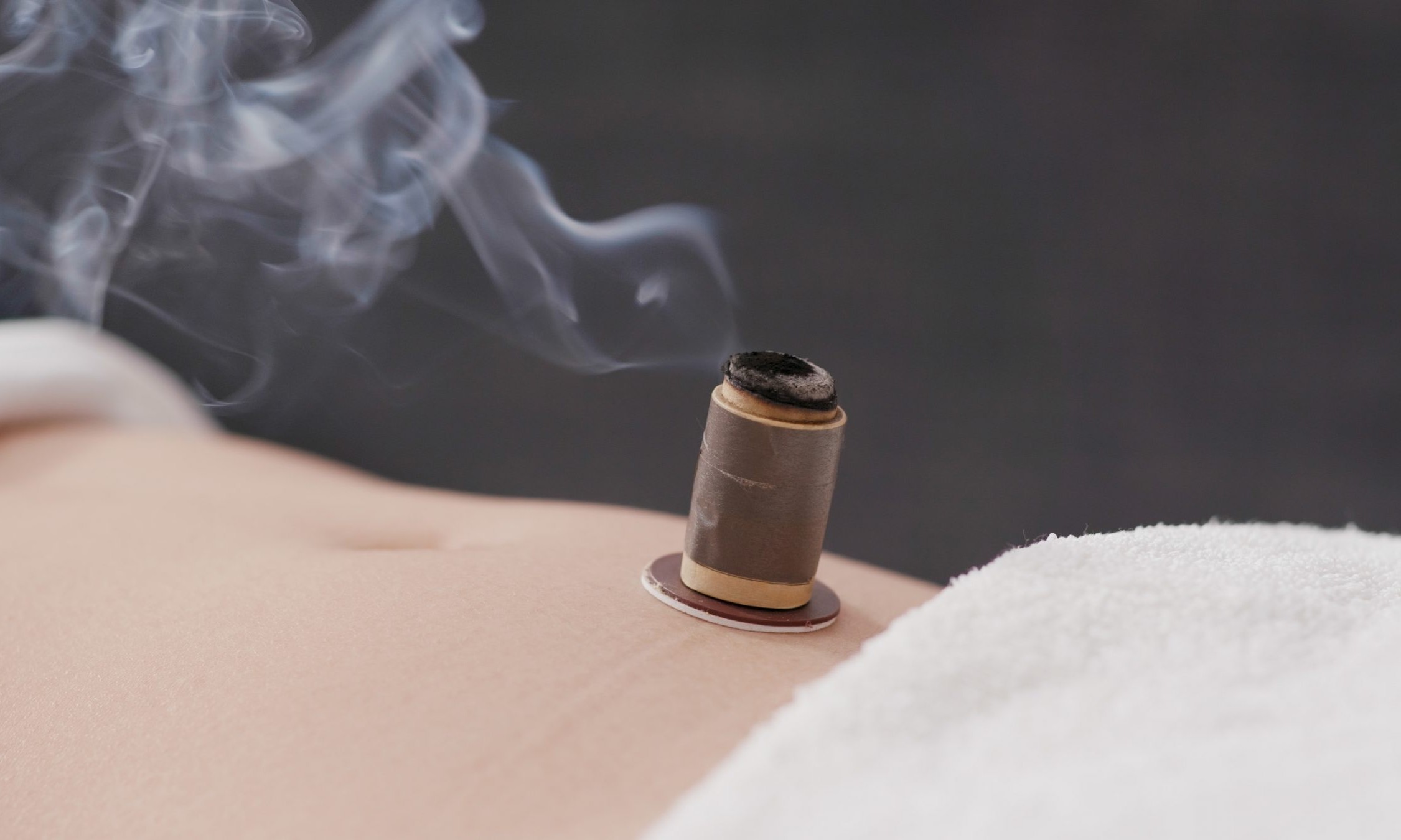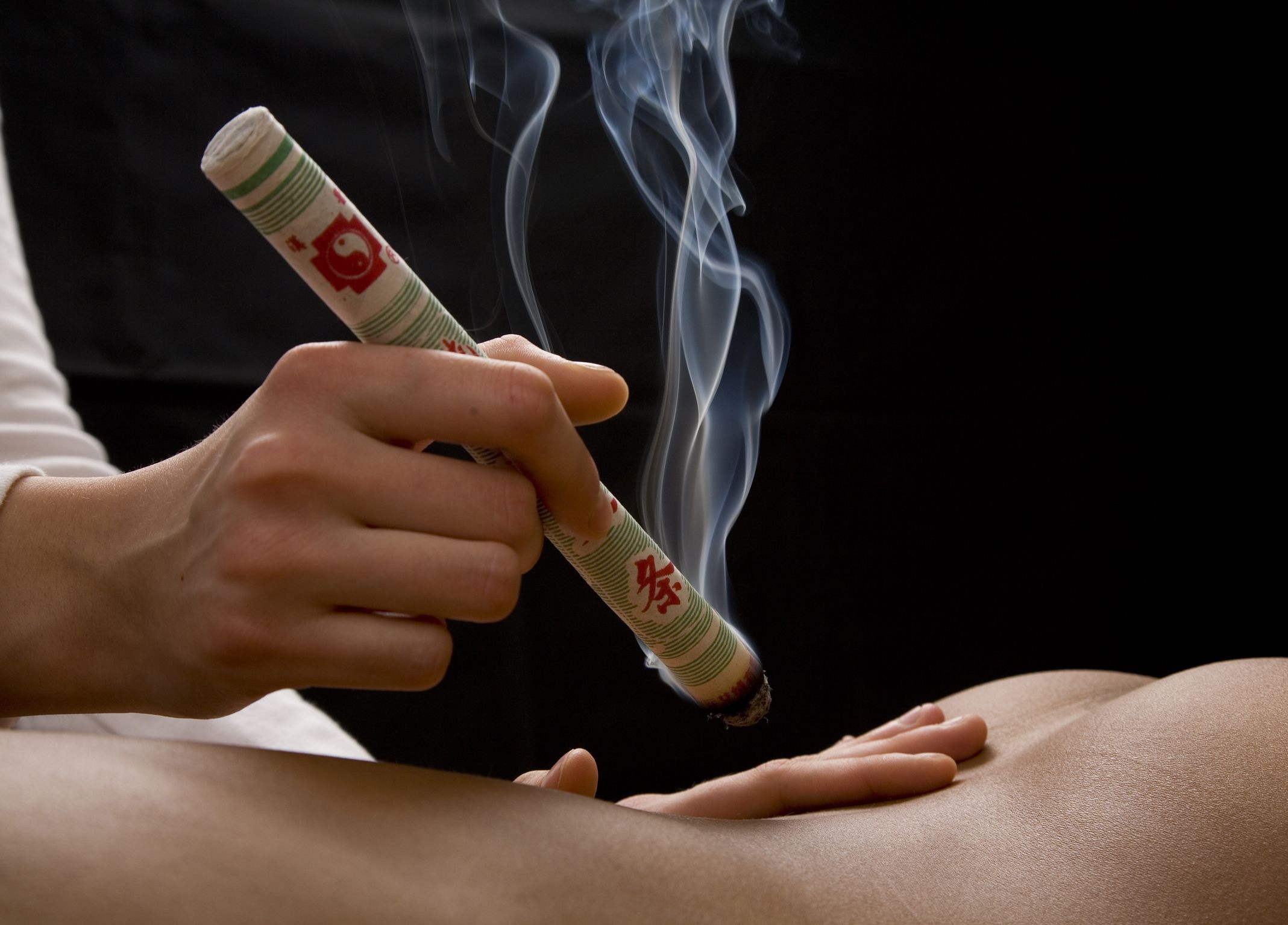Moxibustion Therapy in Traditional Chinese Medicine
Moxibustion Therapy in Traditional Chinese Medicine
Moxibustion is a traditional Chinese therapy that involves using ignited moxa sticks or cones to stimulate acupoints on the body's surface. This technique aims to adjust the body's disrupted physiological functions by stimulating the movement of Qi (vital energy) along the meridians. Moxibustion is widely applied in various medical fields such as internal medicine, surgery, gynecology, and otorhinolaryngology. For the general population, moxibustion can also serve as a method of strengthening the body and preventing illness, making it a significant aspect of health maintenance.
The effects of moxibustion can be summarized as follows:

Preventive Healthcare: Ancient Chinese medical practitioners emphasized the concept of preventing illnesses before they occur. Apart from treating illnesses, moxibustion also serves as a preventive healthcare method. Moxibustion is simple to perform and offers noticeable benefits, making it suitable for enhancing overall health and wellness.
Improvement of Chronic Fatigue Syndrome: According to the adage, "To stay healthy, focus on Zusanli (Stomach 36)." Moxibustion on Zusanli acupoint can invigorate the spleen, nourish the stomach, and supplement Qi and blood. This approach helps prevent and manage illnesses, making it a common method for maintaining health.

Warming Meridians and Dispelling Cold: A significant characteristic of moxibustion is its ability to generate heat during the treatment process. This warmth plays a role in warming meridians and dispelling cold. It is particularly effective for conditions caused by external factors like wind, cold, and dampness, as well as for conditions related to underlying Yang deficiency. Clinical applications include bone and joint diseases, rheumatism, infertility due to cold uterus, and diarrhea. Moxibustion on acupoints like Sanyinjiao, Zusanli, Xuanzhong, Quchi, Hegu, and Waiguan can help improve circulation and alleviate symptoms such as cold extremities and discomfort.

Boosting Yang and Consolidating Organs: Yang Qi is a crucial essence in the body. Weakness of Yang leads to excess Yin, while moxibustion can eliminate cold and invigorate Yang Qi. This therapy is suitable for individuals with weakened constitution and diminished Yang Qi. Aside from its warming effect, moxibustion also has a consolidating function. Insufficient Qi can result in organ prolapse. Moxibustion is effective in treating such conditions as uterine prolapse, gastric prolapse, rectal prolapse, and organ prolapse.
Elderly Health and Symptom Alleviation: For frail elderly individuals experiencing symptoms like cold stomach and abdominal discomfort, moxibustion on Shénquè, Zhōngwǎn, and Qìhǎi acupoints can help alleviate their discomfort.

Dispelling Blood Stasis and Resolving Masses: Stasis refers to blockages that affect the movement of Qi and blood along the meridians. Moxibustion can play a role in resolving blood stasis and promoting the smooth flow of meridians. When blood circulation is blocked, pain and other symptoms may arise. Moxibustion is effective for conditions like lumbar pain (moxibustion on Shenshu and Dachangshu) and shoulder periarthritis (moxibustion on Jianyu, Jianliao, and Quchi).
Inducing Heat Outward: The warmth generated by moxibustion can help existing heat-related diseases exit the body. Conditions like abscesses, herpes zoster, erysipelas, and perianal abscess can benefit from moxibustion's "expelling pathogenic heat outward" effect. Applying moxibustion to the affected area can achieve desired results.
